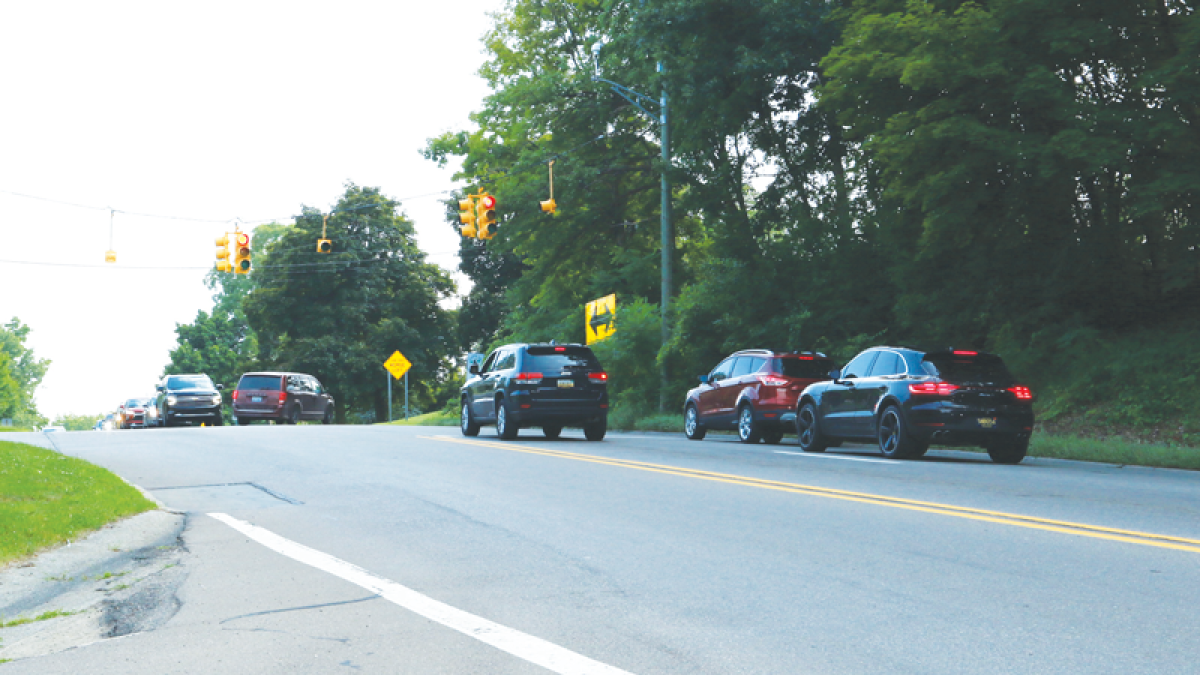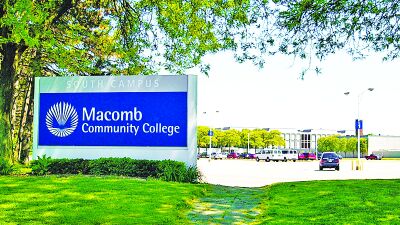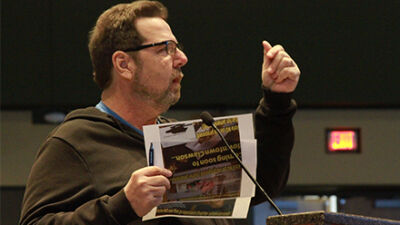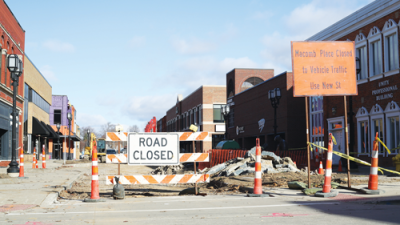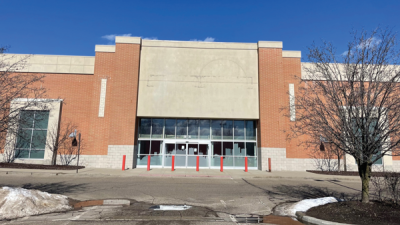ROCHESTER HILLS — The public is invited to share thoughts on five potential design alternatives for Adams Road, between Hamlin Road and Walton Boulevard.
The city of Rochester Hills, the Road Commission for Oakland County and Oakland University have partnered to conduct a study to determine the future of the Adams Road corridor to reduce traffic congestion and accidents, and to improve pedestrian safety.
“In our last two citywide surveys, the road that ranked the lowest, in terms of efficiency, and the road that the residents ranked the highest, in terms of the one that they wanted to see improved, was Adams Road,” Rochester Hills Mayor Bryan Barnett said. “So it was really a resident-driven process, in terms of where we should focus our time and energy, and now we’re trying to look at that.”
The $2 million Adams Road planning and environmental linkage study is funded through a federal Better Utilizing Investment to Leverage Development grant, which was awarded in 2020, with the Road Commission and the city sharing the cost of the $500,000 required match.
“It’s a county road. It’s not a city road. That’s a very important part of this — so we don’t get to make any final decisions. The Road Commission does,” Barnett said.
Most recently, five possible design alternatives have been identified through the study, which began in 2022.
“The team looked at how each option impacts the physical property, the trees, the historic assets, also how it affects pedestrian safety and connectivity, crashes and capacity of the street system,” said Sara Roediger, the planning and economic development director for Rochester Hills.
Consultants rated each option on a scale of A-F, with A being the best and F the worst, and now the city is asking residents to weigh in on the suggested alternatives.
“We’re looking at which options the community feels strongly about,” Barnett added.
Scoring the highest, in terms of meeting the needs of the study, was a three-lane road with some roundabouts and additions of pedestrian safety pathways. The three-lane road with continuous center left-turn lanes and roundabouts at Avon, Butler and Hillendale/Meadowbrook received an overall score of A. Consultants say the design reduces the potential for crashes for all modes along the corridor, reduces crash frequency and improves level-of-service during the morning and evenings at every intersection. According to the study, it also improves aging infrastructure alongside the corridor, allowing for stormwater best management practices, includes 4.1 miles of multi-use pathways and signalized crosswalks, and maintains 53% of the existing trees.
Next on the scorecard was the three-lane road with a continuous center left-turn lane option, which was rated a B. Consultants said this alternative reduces the potential of crashes for all modes along the corridor and shows a level-of-service improvement at every intersection. The design also includes 4.1 miles of multi-use pathways and signalized crosswalks at intersections, and maintains 53% of the existing trees.
Two of the five alternatives earned C’s — a five-lane road with two through lanes in each direction and a continuous center left-turn lane, and a four-lane boulevard with a center median. The four-lane boulevard option has the largest impact on existing trees along the corridor, consultants said, with no trees estimated to remain, while the five-lane road, impacts a significant number of existing trees, with only 33% estimated to remain.
The final no-build option — which would maintain the corridor as a two-lane road — received an overall grade of E. Consultants said this alternative does not improve the aging infrastructure and pavement condition that will continue to decline over time, or include any design elements that improve safety or capacity along the corridor or at intersections. It also includes no improvements to safety and connectivity for pedestrians or bicyclists, but it has little to no impact on the existing trees along Adams Road, leaving an estimated 100% of the current trees in the area with little to no impact on historic features.
The study is open for public comments through Aug. 1 at https://mksk.mysocialpinpoint.com/visioningadamsroad/adams-road-pel-home. The website includes an interactive map, an ideas wall, project documents and information about the public workshops.
“At this point, we’re looking for comments on the five alternatives. What do people think should be the preferred alternative? Is there one you like that needs to be tweaked?” Roediger said. “We are trying to narrow it down from the five options to a preferred recommendation for which option should be studied further.”
The project, which aims to reduce traffic congestion and accidents, is expected to take up to five years to complete.
“It’s a long process, but I think it’s a necessary process to hear from a wide variety of stakeholders. Obviously, there’s a wide difference of opinion on what the preferred alternative is, but that’s kind of why we go through the process to flush out the pros and cons of each one and determine which one fits the purpose and need of the study,” Roediger said.
Craig Bryson, the spokesperson for the Road Commission, said the whole process is governed by federal rules and regulations, and it ultimately has to be approved by the state and the federal government.
For more information on the project, visit https://mksk.mysocialpinpoint.com/visioningadamsroad.
 Publication select ▼
Publication select ▼